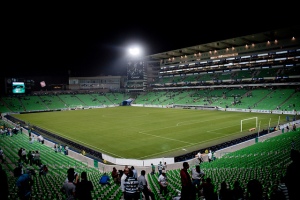
photo credit: alobos Life via photopin cc
The World’s eyes will turn to Brazil in less than two weeks. But what will they see? Yes, the World Cup, of course. It is hard for anything to coexist with the biggest tournament on Earth. But they will also see, perhaps more than ever, the nation playing host. The World Cup, which at times has defined Brazil’s progress, has brought turmoil instead. Inside the stadiums they will play games, but outside there will be protests. Futebol Nation, by David Goldblatt, provides to the outsider context and backstory for the country that more than any other is inseparable from the jogo bonito.










